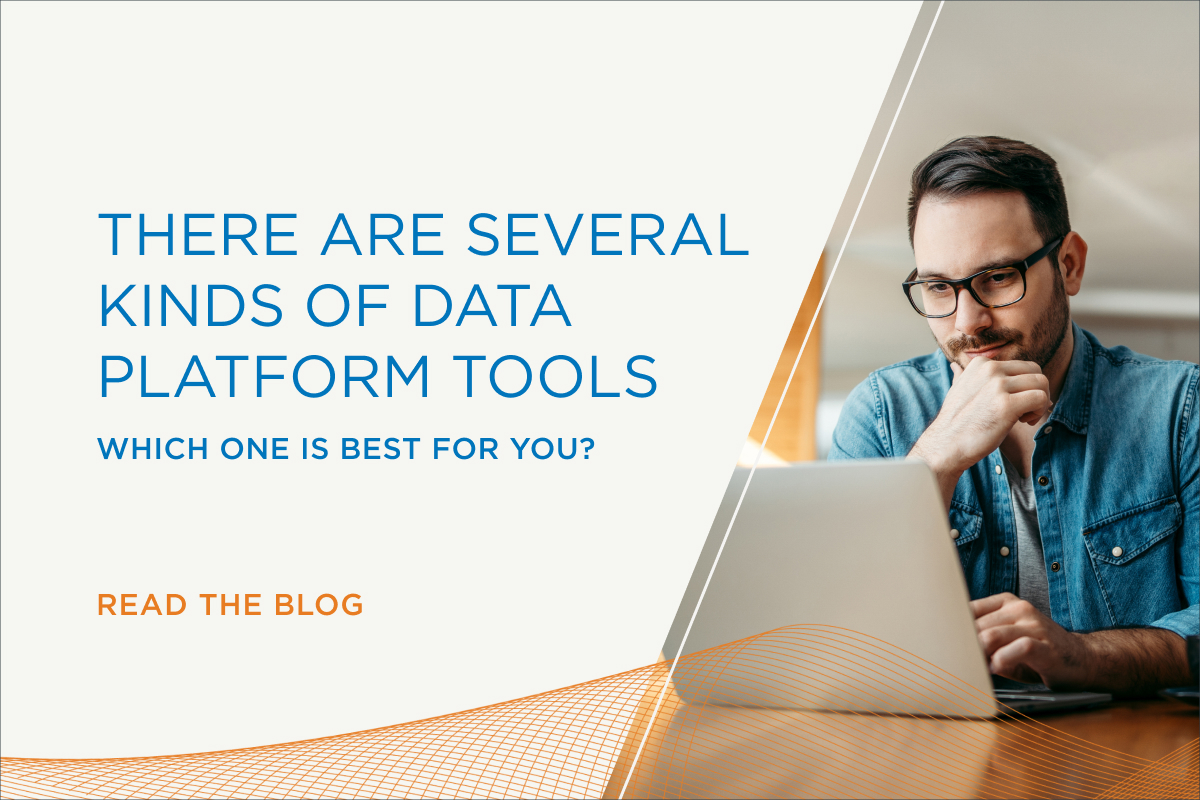Navigating the complex world of Customer Data Platforms (CDPs) can feel like swimming in a bowl of alphabet soup. The constantly evolving landscape, brimming with acronyms can easily leave you confused, especially as you engage with potential providers. But if you’re researching CDPs to develop a strategic approach and make informed software investments, you’ll need to master these terms.
Let’s begin by deciphering the various data types:
Zero-party data: Coined by Forrester Research, this term refers to data that customers deliberately and proactively share with a company. It’s valuable information willingly provided by customers, such as survey responses, shopping preferences, and communication choices.
First-party data: This is data collected directly by a company from its customers. It encompasses demographics, purchase history, website and app usage, email engagement, and more. It’s the goldmine of customer insight, subject, of course, to consumers’ privacy preferences and data-subject rights, used to tailor strategies and meet customer needs.
While these two data types may seem straightforward — after all, they come directly from your customers — many companies struggle to integrate them across their various isolated systems, from marketing and CRM systems, to point-of-sale and contact center databases.
Second-party data: This data is supplied by partner companies with the consumer’s disclosed consent. It includes social media profiles, cookies, and retargeting information. 1P data that two or more parties decide to share on a “private” basis for mutual benefit, meaning that no one else can access or view it. It requires mutual customer records and shares only the segment of customers you have in common with your data partners.
Third-party data: This includes data not directly collected from customers, and is often used by companies for marketing purposes.
Recently, there’s been a shift toward prioritizing first-party data due to its value, resulting in increased demand for data management software and platforms. So let’s explore some common data management platforms:
Customer Data Platform (CDP): Software that amalgamates data from multiple sources into a single, centralized customer database, encompassing all interactions and touchpoints.
Data Management Platform (DMP): Software that gathers, organizes, and activates second and third-party data from various sources for targeted advertising. Unlike a CDP, DMPs tend to focus on external data.
Customer Data Marketing Platform (CDMP): Like a DMP, but with cross-channel marketing capabilities. It not only stores marketing data but also efficiently deploys it across multiple channels.
Customer Relationship Management (CRM): A tool to manage company interactions, communications, and customer details. CRMs come in operational, analytical, and collaborative categories.
Data Warehouse: A system designed for business intelligence, housing historical, derived, and metadata along with query resources.
Now that you’re familiar with these terms it’s critical to focus on finding a partner, not just a platform. A single tool won’t magically solve all your data challenges. Seek a partner equipped with tools to address your specific needs and educate you along the way. While there’s no universal solution, there are partners who can guide you with their expertise and support.
Ready to explore further? Check out our Buyer’s Guide for more insights.
